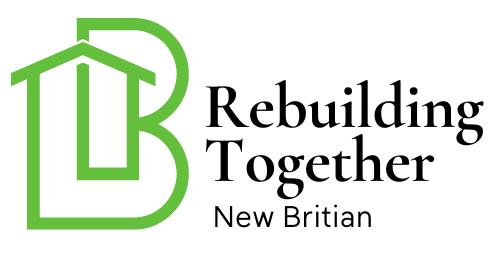Welcoming a new baby into your home is a joyful occasion, but it also brings a host of responsibilities. One of the most crucial tasks for new parents is ensuring their home is safe for their little one. Among various spaces, the bathroom poses unique risks, making bathroom babyproofing ideas essential for every household. In this article, we’ll explore practical tips and strategies to create a safer bathroom environment for your baby.

Understanding the Importance of Babyproofing
Before diving into specific babyproofing ideas, it’s essential to understand why babyproofing your bathroom is necessary. Bathrooms contain potential hazards such as slippery surfaces, sharp objects, and access to water, which can all pose risks to curious infants and toddlers. By taking proactive steps, you can prevent accidents and ensure your child’s safety.
Identifying Common Bathroom Hazards
1. Slippery Surfaces
Bathrooms often have tile or linoleum floors that can become slippery when wet. To prevent slips and falls, consider using non-slip mats or rugs to provide traction and reduce the risk of accidents.
2. Sharp Objects
Items such as razors, scissors, and other grooming tools can be dangerous when left within a child’s reach. Store these items in high cabinets or use childproof locks to keep them securely out of reach.
3. Access to Water
Baths and toilets can pose drowning risks. Ensure that the toilet lid is always closed and use toilet locks to prevent your child from opening it. Additionally, never leave your child unattended in the bath, even for a moment.
Effective Babyproofing Solutions
1. Install Safety Locks
Safety locks on cabinets and drawers are essential to prevent your child from accessing harmful substances such as cleaning products or medications. Consider using magnetic or adhesive locks for easy installation.
2. Use Faucet Covers
Faucet covers are soft, protective coverings that fit over the faucet to prevent head injuries during bath time. They also come in fun designs that can make bath time more enjoyable for your little one.
3. Secure Electrical Outlets
Bathrooms often have electrical outlets for hairdryers and other appliances. Use outlet covers or safety plugs to prevent your child from inserting objects into the outlets.
4. Install Toilet Locks
Toilet locks are simple devices that prevent your child from lifting the toilet lid. They’re easy to install and can help prevent accidental drownings.
Creating a Safe Bathing Environment
1. Supervision is Key
Always supervise your child during bath time. Never leave them unattended, even for a moment, as accidents can happen quickly.
2. Adjust Water Temperature
Ensure the water temperature is safe for your child by setting your water heater to a maximum of 120F (49C). Use a bath thermometer to double-check the water temperature before placing your child in the tub.
3. Use Non-Slip Mats
Place non-slip mats inside the bathtub and on the bathroom floor to prevent slips and falls. These mats provide traction and reduce the risk of accidents.
Additional Bathroom Safety Tips
1. Keep Toiletries Out of Reach
Store toiletries, cosmetics, and cleaning products in high cabinets or use childproof locks to keep them out of your child’s reach.
2. Install Door Locks
Consider installing door locks that are out of your child’s reach to prevent them from entering the bathroom unsupervised.
3. Use Bath Spout Covers
Bath spout covers provide a soft cushion over the spout to prevent head injuries. They are an inexpensive and effective safety measure.
Maintaining a Safe Bathroom Environment
Regularly inspect your bathroom for potential hazards and make necessary adjustments to ensure it remains a safe space for your child. As your child grows, their curiosity and mobility will increase, so it’s essential to stay vigilant and adapt your babyproofing strategies accordingly.
Conclusion
By implementing these bathroom babyproofing ideas, you can create a safer environment for your child and have peace of mind knowing that you’ve taken steps to prevent potential accidents. Remember, babyproofing is an ongoing process that requires regular assessment and adjustments as your child grows and develops.

FAQs
1. How can I prevent my child from slipping in the bathroom?
To prevent slips, use non-slip mats or rugs on the bathroom floor and inside the bathtub. These mats provide traction and help reduce the risk of falls.
2. What should I do if my child accidentally ingests a cleaning product?
If your child ingests a cleaning product, seek medical attention immediately and follow the instructions on the product label. It’s crucial to keep cleaning products out of your child’s reach to prevent such incidents.
3. How can I make bath time more enjoyable for my child?
Consider using fun bath toys, colorful bath spout covers, and engaging bath books to make bath time an enjoyable experience for your child.
For more information on bathroom safety, you can visit Griswold Home Care’s bathroom safety tips.
This article contains affiliate links. We may earn a commission at no extra cost to you.

